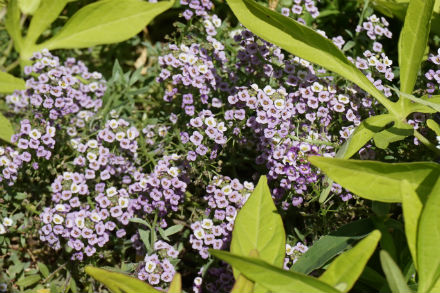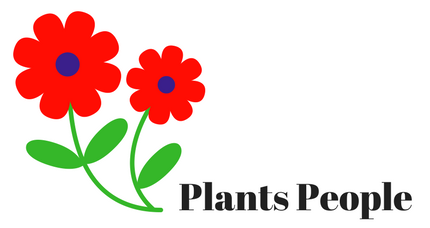When I was in collage my neighbor was studying botany. I did not know much about it but the garden in the front was one of the most interesting gardens in the area. We also ate really well since she not only planted decorative plants but edible ones also. I had never eaten some of the greens she grew until then. I learned to really enjoy taking care of the garden and plants. Watering them became a meditative task after the rigors of the days on campus and nights of homework.
So I thought that in respect to that memory and to the skilled and trained botanists out there I would post this:
What is Botany?
Botany is the scientific study of plants. “Plants,” to most people, means a wide range of living organisms from the smallest bacteria to the largest living things – the giant sequoia trees. By this definition plants include: algae, fungi, lichens, mosses, ferns, conifers and flowering plants. Today scientists believe bacteria, algae and fungi are in their own distinct kingdoms, but most general botany courses, and most Botany Departments at colleges and universities, still teach about these groups.
Because the field is so broad, there are many kinds of plant biologists and many different opportunities available. Botanists interested in ecology study interactions of plants with other organisms and the environment. Other field botanists search to find new species or do experiments to discover how plants grow under different conditions. Some botanists study the structure of plants. They may work in the field, concentrating on the pattern of the whole plant. Others use microscopes to study the most detailed fine structure of individual cells. Many botanists do experiments to determine how plants convert simple chemical compounds into more complex chemicals. They may even study how genetic information in DNA controls plant development. Botanists study processes that occur on a time scale ranging from fractions of a second in individual cells to those that unfold over eons of evolutionary time.
The results of botanical research increase and improve our supply of medicines, foods, fibers, building materials, and other plant products. Conservationists use botanical knowledge to help manage parks, forests, range lands, and wilderness areas. Public health and environmental protection professionals depend on their understanding of plant science to help solve pollution problems.
Source: What Is Botany
I don’t remember her name but it is nice to me that I still remember the experience. I thought I would also post some recent picture of plants and trees from some local travel we did. These are some desert trees and plants from the Sonora desert. The temperatures there can reach 120F in the summer but are usually around 110F. But, it does not cool off at night much so the plants and trees never get a break in the summer.
